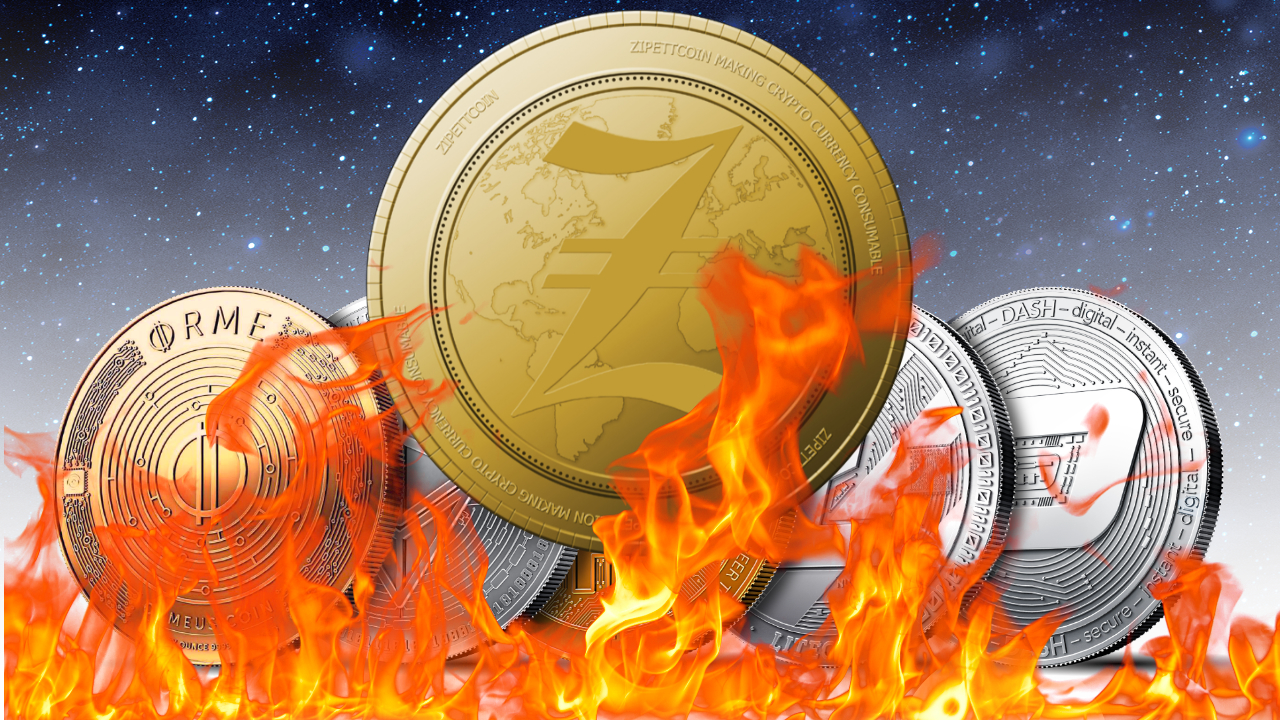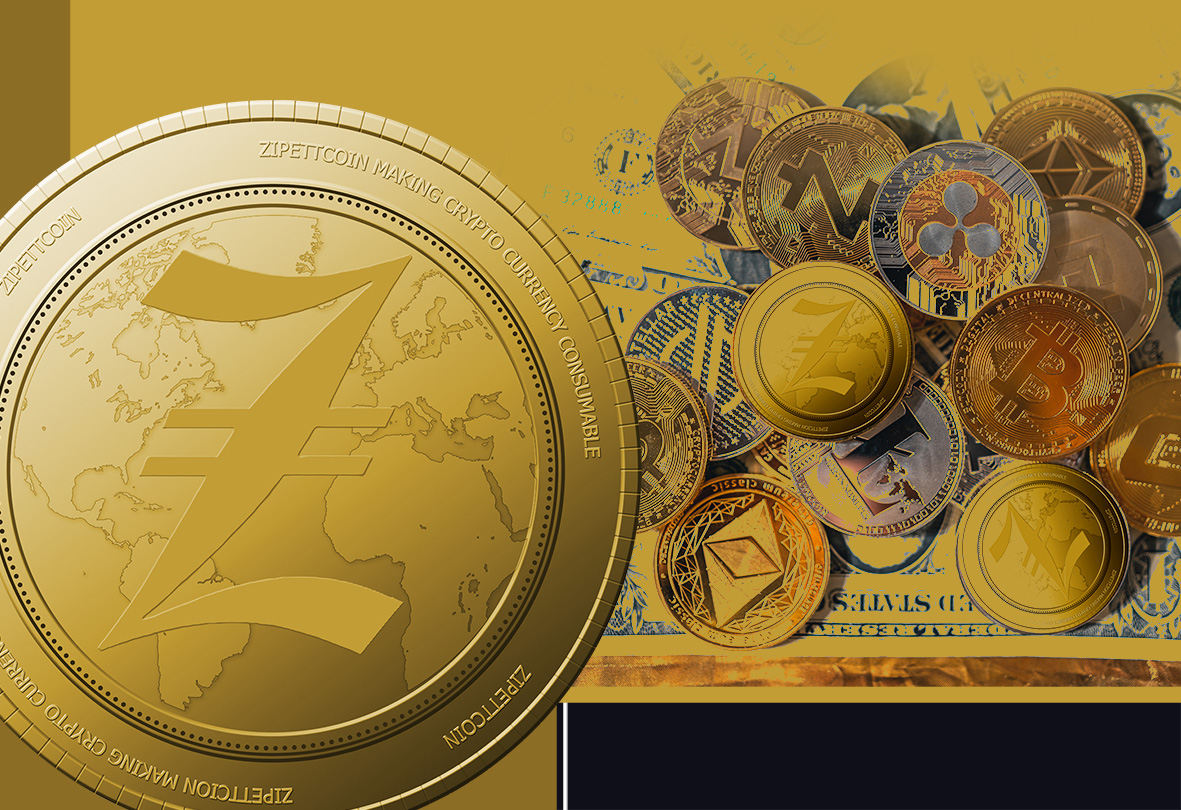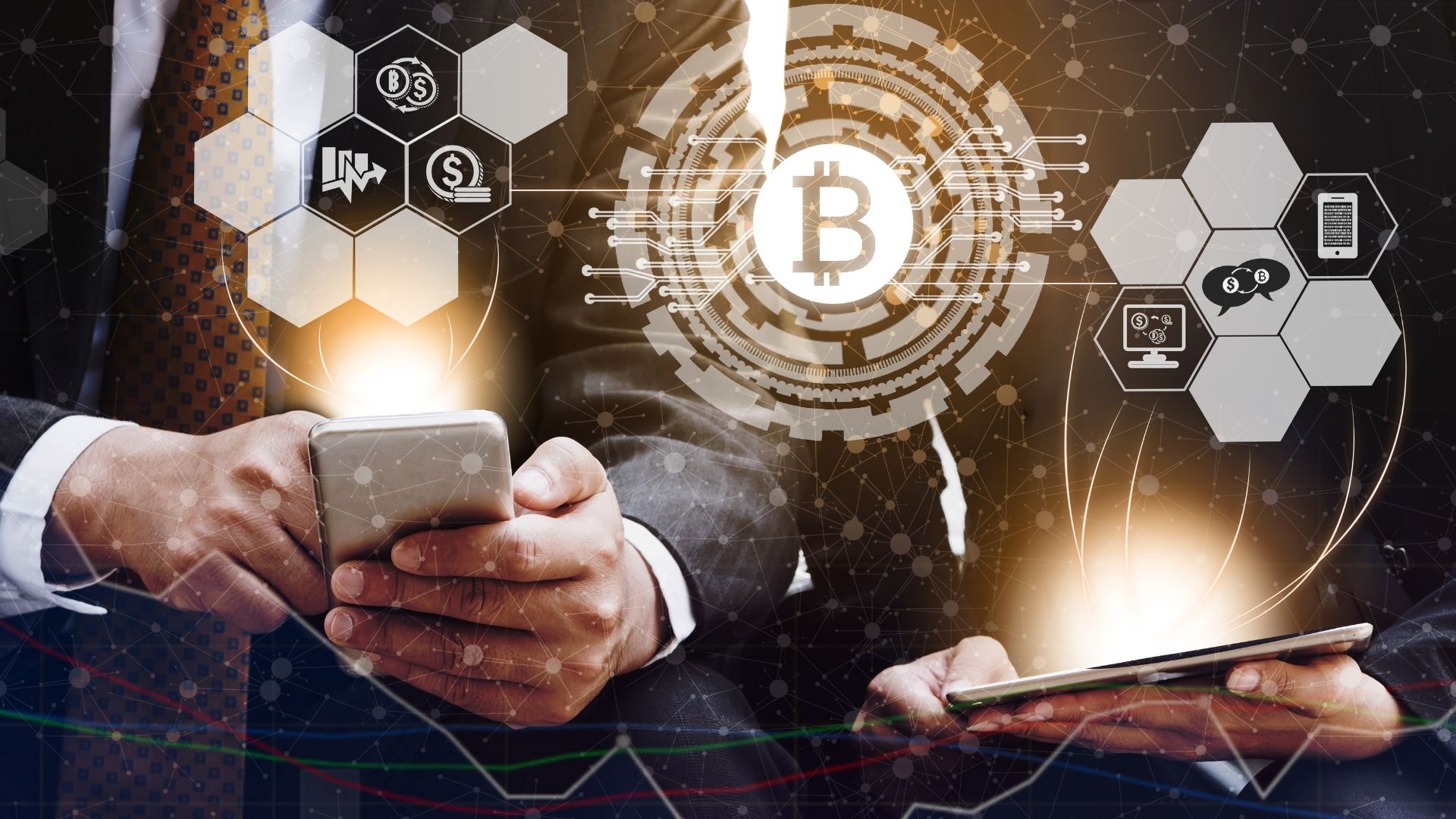Deflationary Tokenomics: What are deflationary cryptocurrencies?

In the world of crypto, there are a lot of new words to learn and mechanisms that can be both exciting and confusing simultaneously.
The term tokenomics refers to the economics of any given cryptocurrency and it is a very important aspect to look at if you’re considering purchasing crypto.
This brings us to the subject of this post, and it’s important to understand we can break a cryptocurrency into two core categories; inflationary or deflationary.
Let’s dive into this in a little more detail because the rise of De Fi (decentralised finance) has had projects putting a lot of focus on the tokenomics model they choose to adopt, which can ultimately bring a lot of value for holders.
What is an inflationary model?
Before we jump into what a deflationary asset/token is, let’s first discuss what an inflationary one is.
At its core, inflationary means that the current supply can be expanded and specifically when it comes to cryptocurrency, typically the inflation will occur as a result of miners validating transactions on the network.
With proof of work (PoW) and Proof of stake (PoS) systems, miners and node operators are rewarded for helping maintain the integrity of the network and adding new transactions to the public ledger.
As they validate transactions successfully, new coins are released to them, which increases the circulating supply in the form of rewards.
Bitcoin has a total supply of 21M and it will be an inflationary asset until that total supply is reached, with estimations that it should be around the year 2140.
Another example of an inflationary asset is any regular countries currency, which typically has no cap on the supply, meaning central banks can expand the supply whenever they deem it necessary.
The core learning regarding inflationary assets/tokens is that the circulating supply can be added to and that there is no system to decrease the total supply.
What is a deflationary model?
As you can likely derive, based on what you’ve read so far, a deflationary model means that the total supply decreases over time.
A benefit of a deflationary model is that excess tokens/assets are removed from the ecosystem which can add more value to the token/asset as it becomes more scarce.
The term that is often used is called ‘burn’ so you may hear someone say “X is burning their tokens at Y rate”.
Typically the process involves sending the asset/tokens to an inaccessible wallet address, thereby removing them from the circulating supply.
Two common methods include “Buy and Burn” and “Burn On Transaction”.
Burn On Transaction
In this approach, the deflationary model has been built into the contract upon creation, which means that it is an automated, ongoing process.
The way it works is that each time an on-chain transaction occurs, a tax is applied of which a percentage is then burned, decreasing circulating supply.
This method is reliant on trading volume, with higher volume leading to more tokens being burned, which in effect can lead to an increase in value because the supply progressively decreases with each transaction, whilst demand remains the same.
An example of this in action is jetfuel.finance's model which has a constant 2% burn, with 1% going to a burn address and 1% going to JET holders as a reward.
Buy-Back And Burn
In this approach, a crypto company will buy back their own asset from the public market and then send them to a burn address.
The benefit here is the same as it is with Burn On Transaction, that being that the supply decreases whilst the demand remains unchanged or even grows more.
A difference with this method is that it is a manual process, with companies electing when they will do a burn and manually processing the transaction, as opposed to it being built into the contract.
Two examples of this tokenomics model in action are Binance’s BNB coin and our ZIPC token.
Binance Coin (BNB) is the native token on the Binance chain and it can be used for making purchases on the Binance platform or paying fees.
Binance has a quarterly buy-back and burn system incorporated into their model.
Their most recent burn was 1,296,728 BNB, which was valued at $393,673,653 USD when it was done.
Inside of the Zipett platform, users are charged a 3% fee for doing transactions. A percentage of those fees go to members as rewards and a percentage is used for buying back our ZIPC on the public market.
Instead of just burning those tokens though, our model is slightly different, with us using the tokens we purchased back for liquidity pool staking.
In our model we then send the LP tokens to a burn address, which means that as we scale our platform and more transaction begin occurring, we will be buying back more and more ZIPC from the open market, using those tokens for liquidity pool staking and burning the LP tokens.
This permanently decreases supply, whilst increasing liquidity and ultimately aligns with our goal of creating a rich environment for our users to operate from.
Conclusion
The key idea to take away from this is that a deflationary token has a mechanism or system in place to decrease the total supply over time.
Conversely, inflationary tokens have no way to decrease the total supply.
Hopefully, this has served as a nice little intro into various models that can be used with crypto projects and highlights how they can bring value to the holders of an asset/token.
Our goal at B4biz is to help the everyday person embrace digital currencies and be part of the global digital economy.
In order to achieve this goal we have created an in-app marketplace for shopping, a stable currency for daily transacting, a crypto token with real world applications and are leveraging 30 years worth of global business connections to bring our members the most robust user experience in the market today.
If you're not a member yet, then go and register your free account now!




